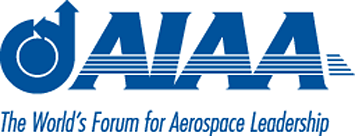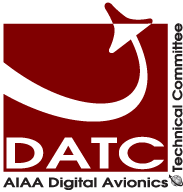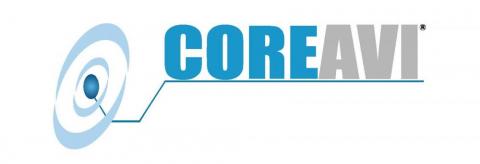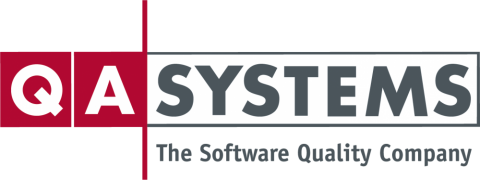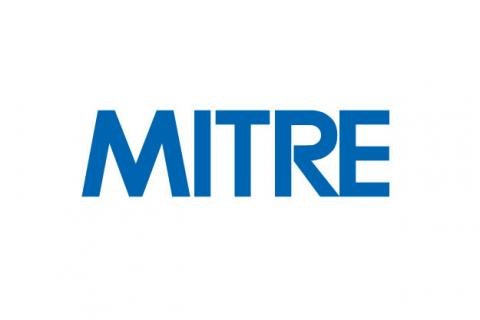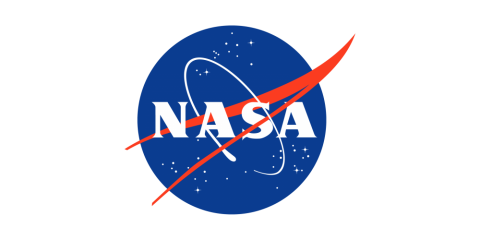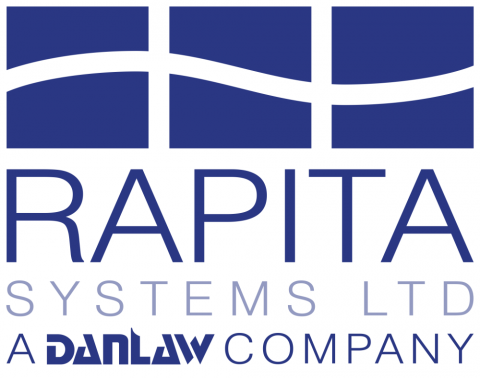Tutorial Description
This three-hour tutorial provides participants with basic understanding of safety and security concepts when specifying, designing, testing, and maintaining a software product as a component of a safety critical system in aviation industry. The participants are exposed to the issues related to safety and security of software intensive systems. Systems dependability aspects such as safety, security and reliability are discussed with their relations and interactions. Issues of software assurance, system airworthiness, and certification including applicable industry standards are discussed. Special attention is paid to the aviation industry guidance and certification aspects as mandated by the governmental bodies and supported by the RTCA and EUROCAE elaborated in their respective documents.
Tutorial Objectives
- Recognize essential terms and concepts of system safety and security
- Understand aviation systems and related software impact
- Appreciate the specifics of aviation software/system lifecycle
- Get familiar with standards and guidelines issued by regulatory and advisory groups
- Identify certification process, activities, and artifacts in the development lifecycle
Tutorial Audience
Engineers and managers engaged in development of systems for aviation or for other regulated industries (medical, transportation, utilities, etc.), systems that may require formal approval or certification should plan to attend. This course is tailored toward any individual involved in their organization's development of software-intensive systems.
Tutorial Instructor
Dr. Andrew J. Kornecki, ERAU Professor Emeritus, in his over 40 years career, in addition to teaching and research in academia, served as a visiting researcher with the Operations Research Service of the Federal Aviation Administration (FAA), was a member of the RTCA SC190, SC205, and SC216 committees dedicated to aviation software safety and security certification guidelines, and of the IFAC Technical Committee on Air Traffic Control Automation. He also served on the Commission on Engineering and Technical Systems of National Academy of Sciences Committee on Aging Avionics in Military Aircraft. He collaborated with IMTAS and HUMTECH in Washington D.C. conducting real-time safety critical software training for the FAA Certification Services. With a support from the FAA he led research contracts on Assessment of Development Tools for Safety Critical Real-time Systems and on Tool Evaluation for Complex Electronic Hardware.
Tentative Topics Covered
Part One (80 minutes) – Safety and Security Concepts and Guidance
- Introduction: dependability and complexity
- Essential terms and concepts of system safety and security
- Dependability standards and guidelines in diverse domains
- Safety assurance in aviation systems development lifecycle
- Aviation aspects of software and safety management (FAR/JAR25.1309)
- Airworthiness regulations: civilian, military, UAS
Part Two (80 minutes) – Regulatory Issues in Aviation Certification
- Aviation certification basics: aspects and required documentation (RTCA/EUROCAE)
- Aviation certification process: options, timeline, stakeholders, security issues
- Safety: regulatory issues and certification (SAE ARP4761/4754A)
- Software considerations: RTCA DO-178C and related supplements
- Electronic hardware guidance: RTCA DO-254 process and tools
- Security: regulatory issues and certification (works of RTCA SC216)
NOTE:
Due to the intended nature and format of the tutorial presented topics will be covered in breadth rather than depth providing a base for further exploration.

